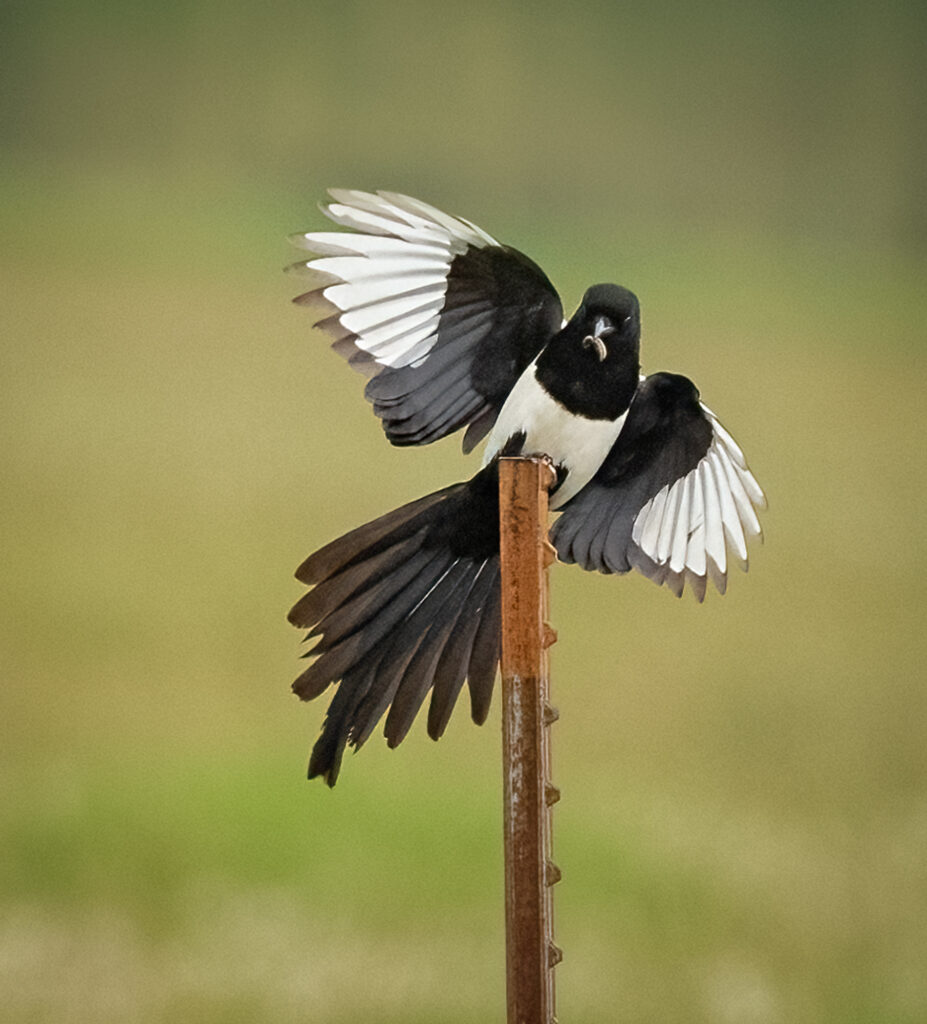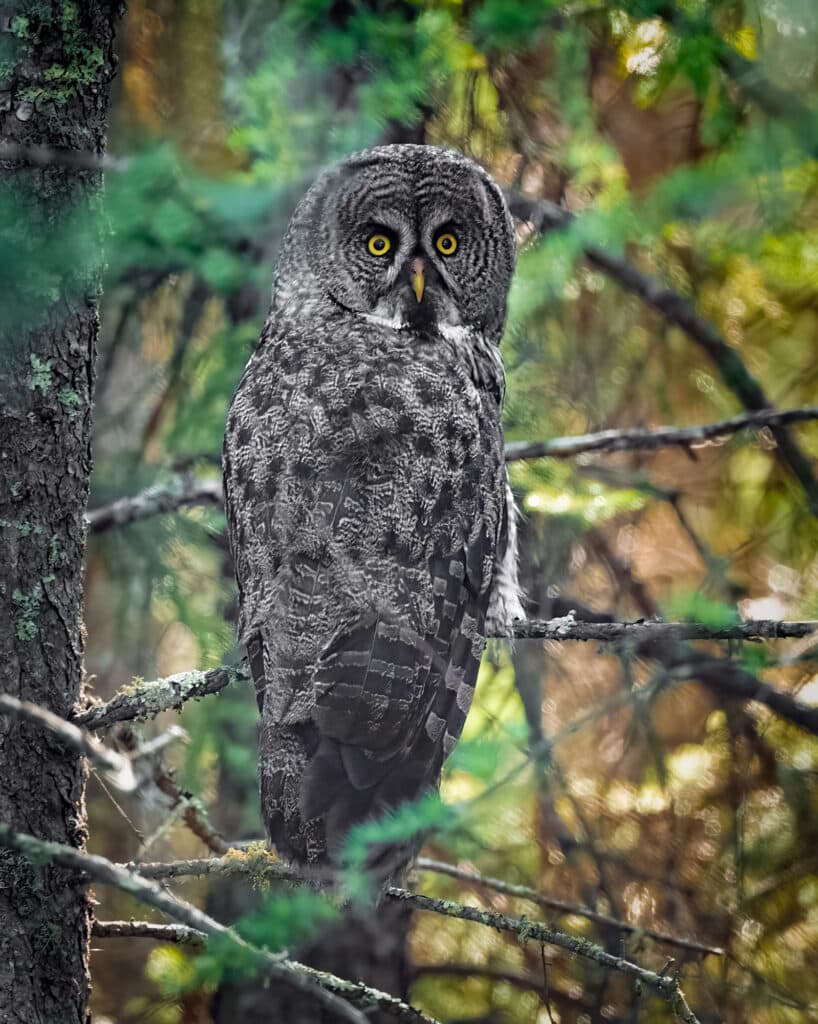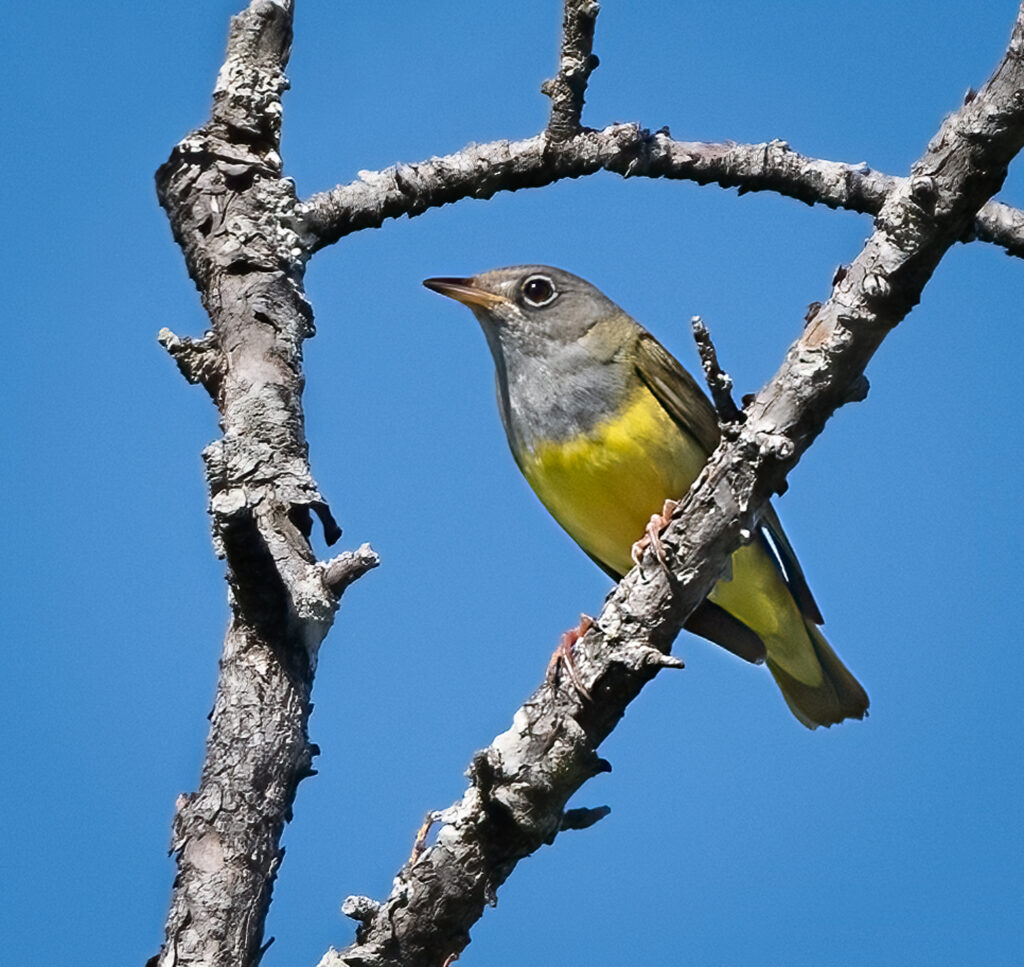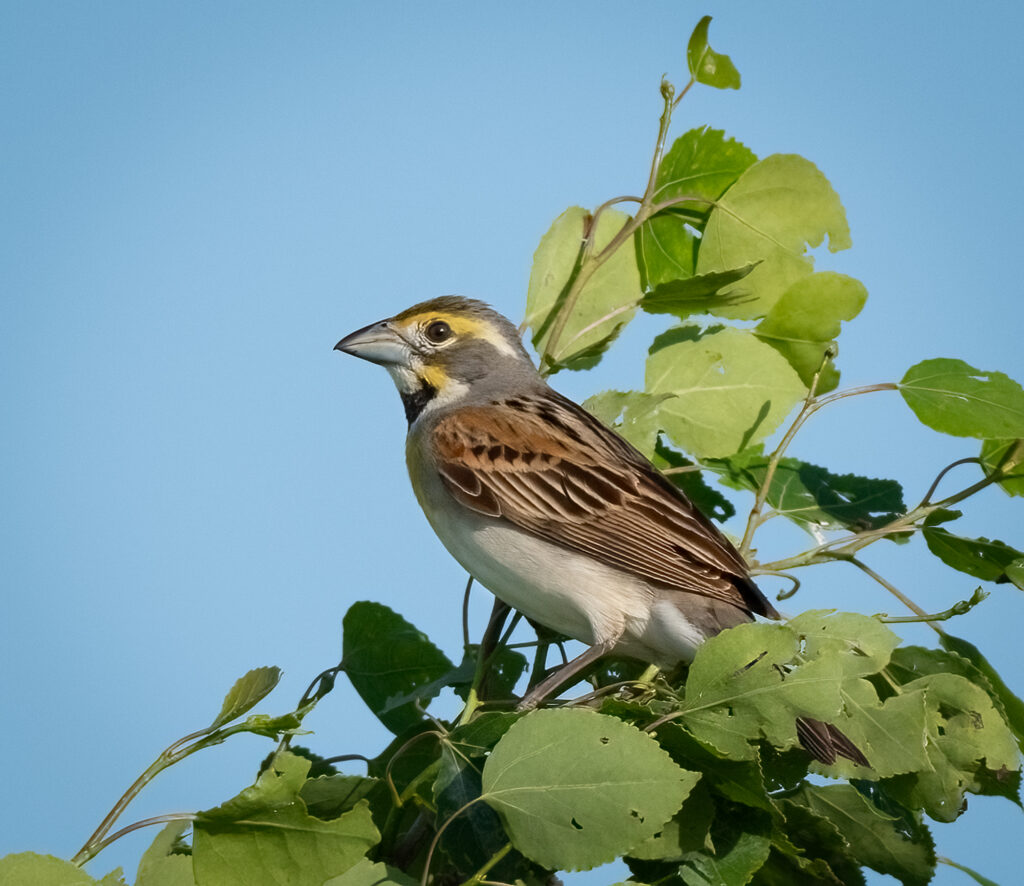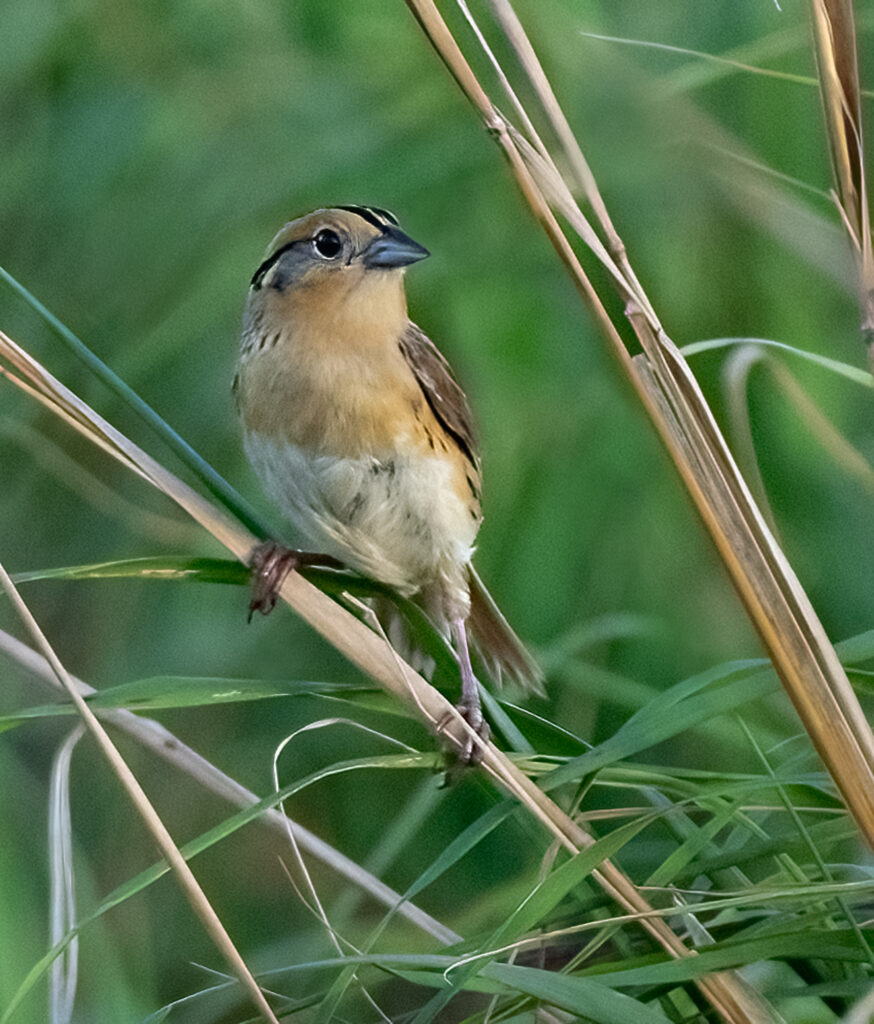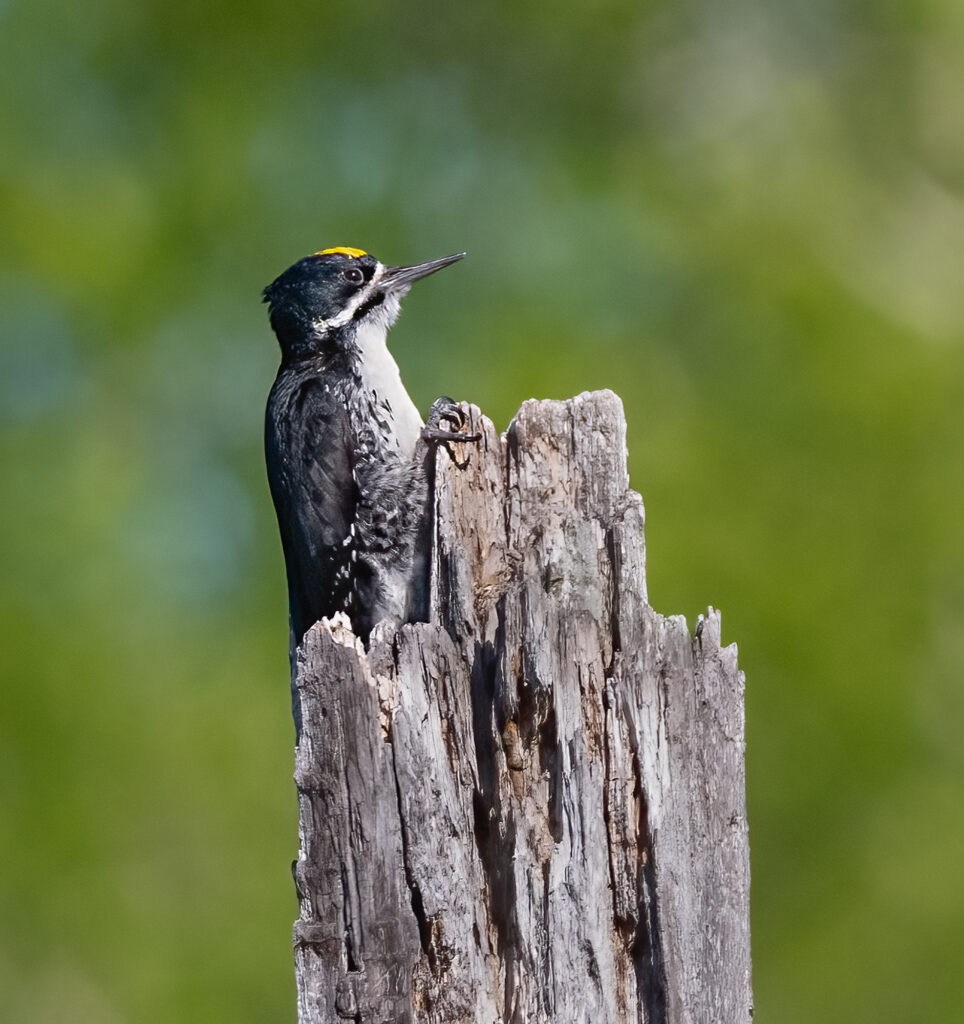
Sax Zim Bog, located about 45 minutes north of Duluth, Minnesota, is regarded as one of the gems of North American birding. Each year in the dead of winter, birders and bird photographers head to frigid northern Minnesota with an aim at finding specialty species that come south or even live there year-round. From Great Gray and Northern Hawk Owls, Evening and Pine Grosbeaks, Spruce Grouse, White-winged and Red Crossbills, and more; the assortment of wonderful winter specialties found here is enticing to nearly all bird enthusiasts.
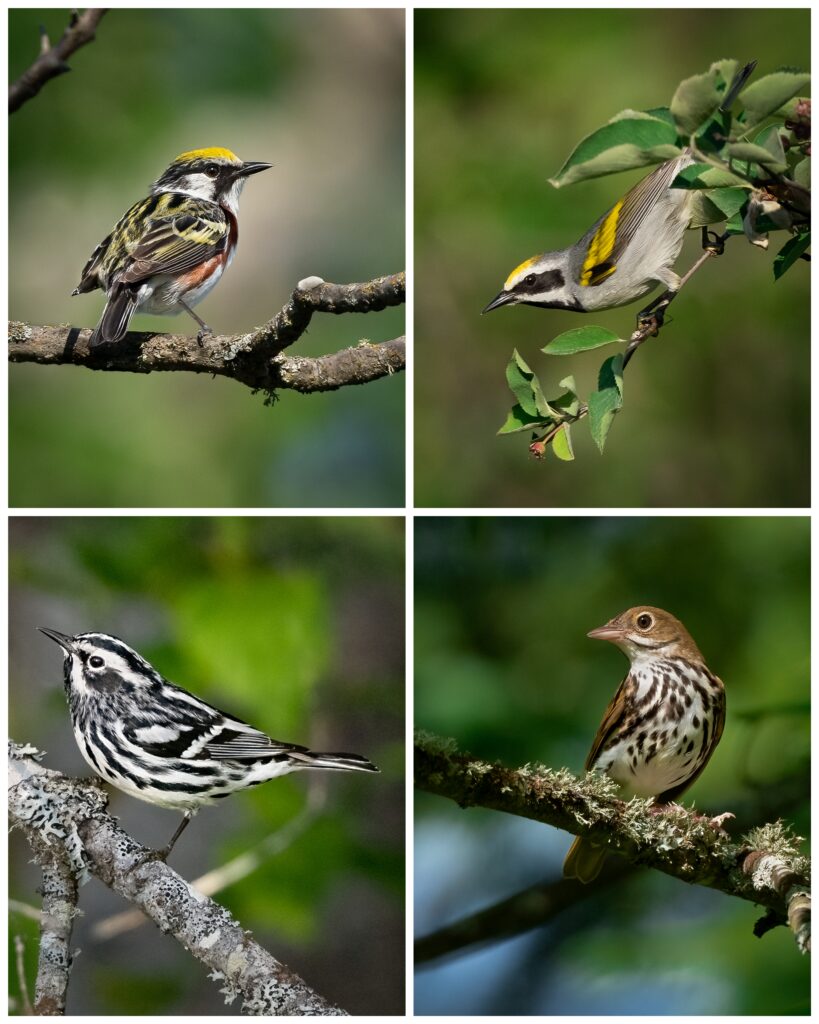
Venturing to the Sax-Zim Bog with Nathan Goldberg
I’d never been to the Bog before, and upon learning that in winter there can be daily negative temperatures that sometimes dip below -20° F, I wondered why anyone would go here over the Neotropics when given the choice! My friend and guide Nathan Goldberg of Red Hill Birding suggested that instead of going in the winter, we should head up to the Bog in early June to see what breeding species we could find – a much more appealing proposition.
The Bog is home to a wide diversity of breeding birds each summer, many of which pass through more southern regions in the United States during migration on their way to their northern breeding grounds. There is a wonderful assortment of warblers that can be found at the Bog, as well as other key species that many people only attempt to find here in the winter.
Spotting the Great Gray Owl
A focus of all trips to Sax-Zim Bog and the marquee species here is the Great Gray Owl. One of the world’s largest owls, it stands at no less than two feet tall, has a gorgeous mottled gray, black, and brown plumage, and piercing yellow eyes outlined by a large gray facial disk. These owls are often easier to find in the winter when they hunt along the roadsides and powerline cuts where the habitat is more open, as they sit out in more visible locations during the day. However, they do breed in the Bog and can be found year-round if you look hard enough. After some intense searching, Nathan and I were lucky enough to locate a Great Gray Owl midway through our trip – and it surely did not disappoint!
Listening for the Warblers’ Song
Every morning as one drives through the Bog, you’ll hear a cacophony of birdsong. Blackburnian, Black-and-white, Chestnut-sided, and Nashville Warblers are all ubiquitous and sing throughout the day from their territories along with Ovenbirds, Magnolia, Canada, and Pine Warblers.
The local and hard to find Connecticut Warbler is another warbler that breeds in very small numbers at the Bog and is a major target for many who visit this region in the summer. Normally quite skulky and hard to photograph in migration, during the breeding season they change their habits entirely and sit at the top of the trees – belting out their songs throughout the morning.
The Diverse Habitats of the Sax-Zim Bog
Roads throughout the Bog move in and out of dense tamarack/spruce habitat contrasted by scrub, sedge meadows, and even hayfields. Each transition in habitat leads to new species, and we encountered numerous Broad-winged Hawks, Bobolinks, Black-billed Magpies, and even a rare species not often found at the Bog: a Dickcissel. The scrub and sedge habitats were very productive, and we easily found numerous Golden-winged Warblers and Sedge Wrens, as well as yet another challenging summer breeder – the LeConte’s Sparrow.
Home Sweet Bog for the Black-backed Woodpecker
One final target of ours was another special bird that calls the Bog home: the Black-backed Woodpecker. Though they can be somewhat challenging to locate throughout the year, once found they make for quite a sight, with their bold black backs, hefty bills, and bright yellow crown spots (only on males). They’re year-round denizens of these dense boggy ecosystems, and appear then disappear back into the bogs with ease. Nathan and I were fortunate enough to locate this male on our trip and got some wonderful photos.
Overall, when considering where to travel for summer birding, I can’t recommend Sax Zim Bog and northeastern Minnesota enough. The region is teeming with birdlife, and the number of impressive subjects to photograph is extremely high with a variety of wonderful backdrops and habitats to explore. I hope you get a chance to experience this wonderful wilderness soon, as I know I’ll be back again!



